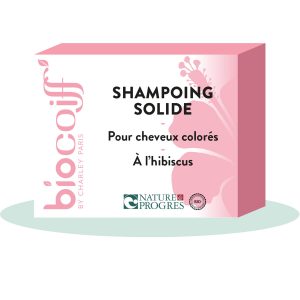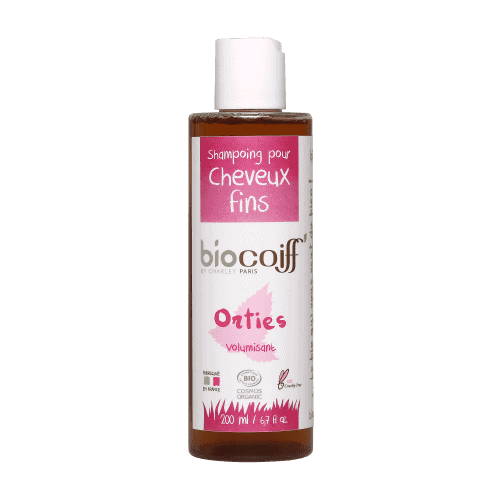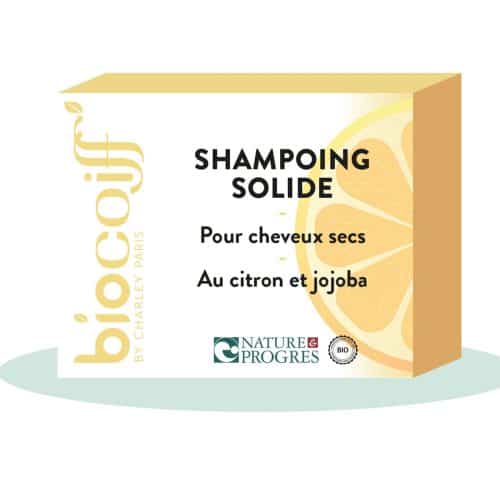La coloration végétale est une alternative naturelle et saine aux colorations chimiques pour vos cheveux. Les teintures végétales sont fabriquées à partir de plantes, de fruits, d’écorces et de fleurs, et sont exemptes de produits chimiques nocifs tels que l’ammoniaque, le peroxyde et le parabène. Ce type de coloration offre de nombreux avantages pour la santé de vos cheveux et de votre cuir chevelu.
Les avantages de la coloration végétale
Parmi les nombreux avantages de la coloration végétale, on peut citer :
Une meilleure santé des cheveux et du cuir chevelu
Les teintures végétales sont douces et nourrissantes. Elles ne contiennent pas de produits chimiques agressifs qui peuvent causer des irritations ou des allergies et sont donc idéales pour les personnes ayant un cuir chevelu sensible.
Une couleur plus naturelle et brillante
La coloration végétale offre une couleur plus naturelle, avec des reflets et une brillance que les colorations chimiques ne peuvent égaler. Les pigments végétaux se lient à la fibre capillaire et laissent les cheveux brillants et sains.
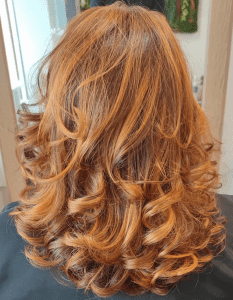
Une coloration plus écologique

Les produits de coloration végétale sont respectueux de l’environnement, car ils sont fabriqués à partir de ressources naturelles et renouvelables et ne contiennent pas de produits chimiques nocifs.
Comprendre les carnations et les palettes de couleurs
Avant de choisir votre teinte de coloration végétale, il est essentiel de tenir compte de votre carnation et la palette de couleurs qui vous convient le mieux.
La carnation fait référence à la couleur de votre peau et peut être classée en trois catégories principales : chaude, froide et neutre.
La couleur de votre peau est déterminée par la quantité de mélanine (un pigment naturel) présente dans votre épiderme.
- Les carnations dorées ou méditerranéennes, dites carnations chaudes ;
- Les carnations claires ou rosées, dites carnations froides ;
- Les carnations métissées ou foncées.



La palette de couleurs qui convient le mieux à chaque carnation est la suivante :
- Carnations dorées ou méditerranéennes : Les teintes chaudes et dorées, comme le cuivre, l’auburn et le caramel sont idéales.


- Carnations claires ou rosées : Les teintes froides et cendrées, comme le platine, le blond cendré et le châtain cendré, sont parfaites pour ces carnations.


- Carnations métissées ou foncées : Les teintes comme le marron miel ou le brun profond conviennent à ce type de peau.


Trouver la teinte parfaite avec les pigments végétaux
La coloration végétale offre une large palette de teintes, allant des blonds naturels aux bruns profonds en passant par les rouges flamboyants. Pour trouver la teinte parfaite pour votre carnation, suivez ces conseils :
Identifiez votre carnation
Utilisez les informations ci-dessus pour déterminer si votre carnation est dorée, claire ou foncée.
Choisissez une palette de couleurs
Sélectionnez une palette de couleurs qui convient à votre carnation. Les teintes chaudes conviennent aux carnations chaudes, les teintes froides aux carnations froides.
Faites un test de couleur
Avant de vous engager dans une coloration maison, faites un test sur une mèche de cheveux pour voir comment la teinte réagira avec votre couleur naturelle. Cela vous donnera une idée de l’apparence finale de la couleur et vous aidera à éviter les surprises désagréables.

Consultez un professionnel

Si vous êtes toujours incertain de la teinte qui vous correspond, consultez un coiffeur spécialisé dans la coloration végétale. Ils pourront vous conseiller sur les teintes qui conviennent le mieux à votre carnation et à votre type de cheveu.
Chez Biocoiff’, nous vous faisons un diagnostic gratuit lors de votre première séance en salon. Si vous souhaitez acheter une box pour faire votre première coloration végétale à la maison, le diagnostic peut être fait en ligne avec l’aide de professionnels !
Comment entretenir votre nouvelle coloration végétale ?
Pour maintenir votre nouvelle couleur de cheveux à base de plantes, suivez ces conseils :
Utilisez des produits capillaires doux
Évitez l’eau trop chaude

L’eau chaude peut éliminer les pigments végétaux de vos cheveux et faire décolorer votre nouvelle teinte de cheveux. Utilisez de l’eau tiède à froide pour rincer vos cheveux après le shampooing.
Protégez votre cuir chevelu
Les colorations végétales sont douces pour le cuir chevelu, mais il est toujours important de protéger votre cuir chevelu des produits chimiques et des irritants. Utilisez des produits capillaires doux et évitez les produits contenant de l’alcool ou des parfums forts.
Évitez l’exposition au soleil
L’exposition au soleil peut décolorer votre nouvelle couleur de cheveux, alors portez un chapeau ou utilisez un produit capillaire contenant un écran solaire pour protéger vos cheveux.

Suivez les instructions de la teinture
Chaque teinture végétale a des instructions spécifiques pour l’application et le temps de pose. Suivez ces instructions à la lettre pour obtenir les meilleurs résultats et éviter les erreurs.
La coloration végétale est une alternative saine et naturelle à la coloration chimique pour vos cheveux. En comprenant votre carnation et en choisissant une palette de couleurs appropriée, vous pouvez trouver la teinte parfaite pour vous. En suivant ces quelques conseils, vous pouvez préserver l’éclat de votre nouvelle couleur et maintenir la santé de vos cheveux et de votre cuir chevelu.
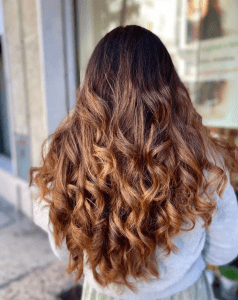
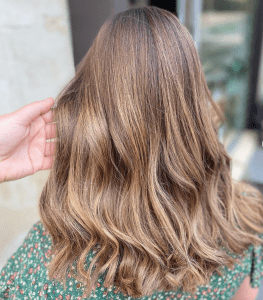

 Coloration Végétale
Coloration Végétale
 Balayage minéral
Balayage minéral
 Soins Capillaires
Soins Capillaires
 Coupe
Coupe
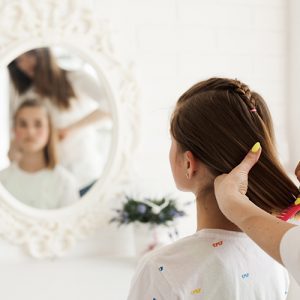 Diagnostic gratuit
Diagnostic gratuit
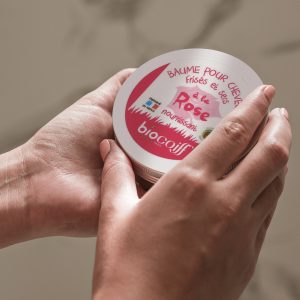 Accueil E-boutique
Accueil E-boutique
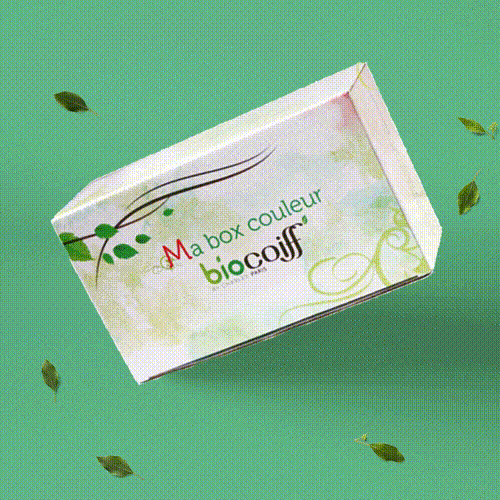 Box Couleur
Box Couleur
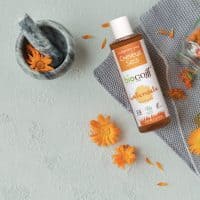 Shampoings
Shampoings
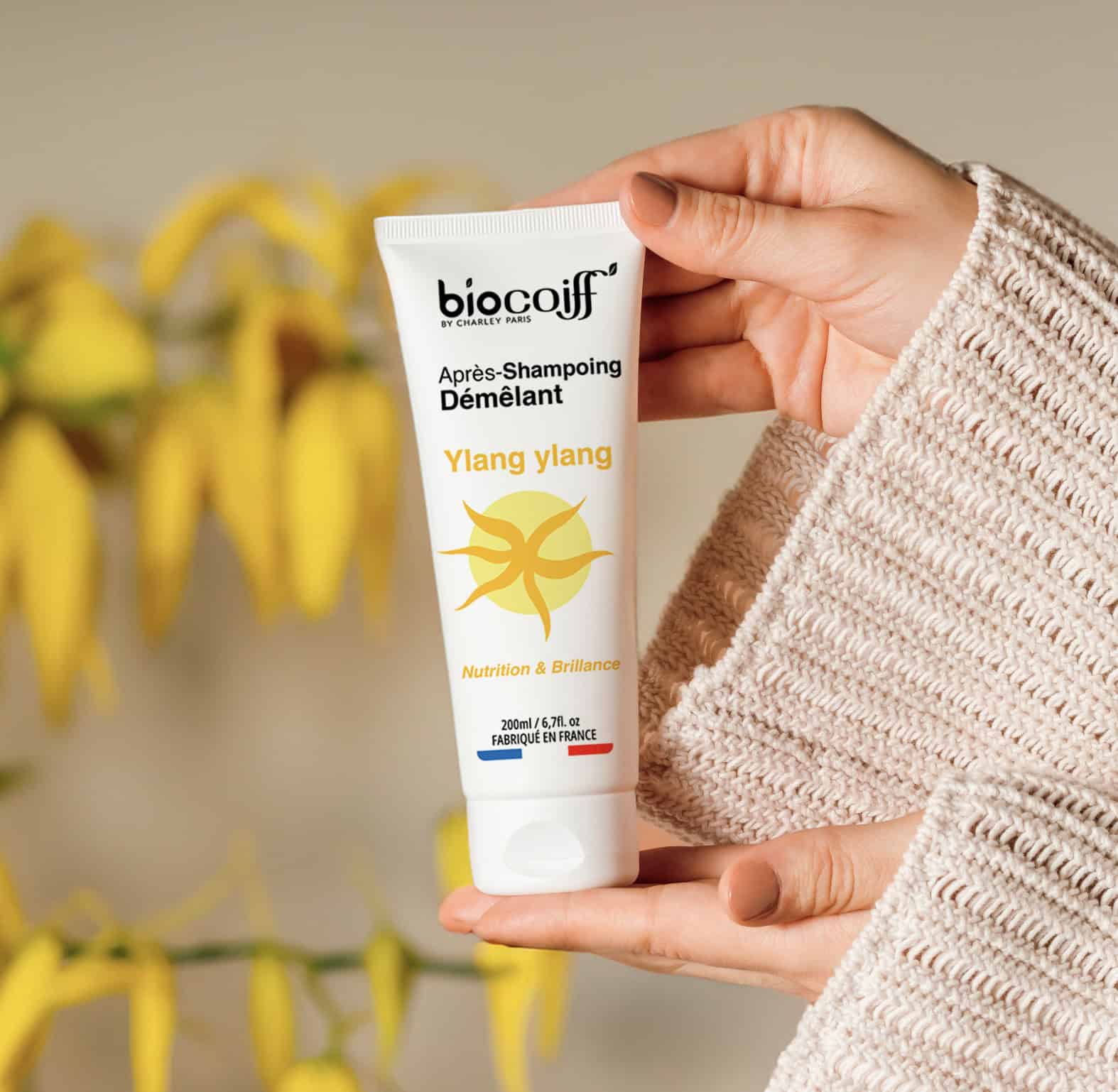 Soins
Soins
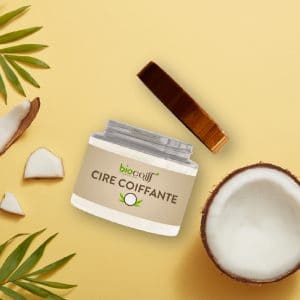 Coiffants
Coiffants
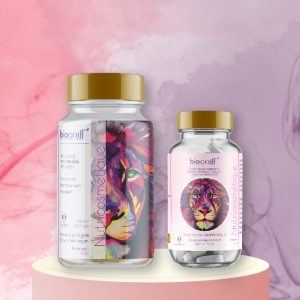 Nutricosmétiques
Nutricosmétiques
 Accessoires
Accessoires

